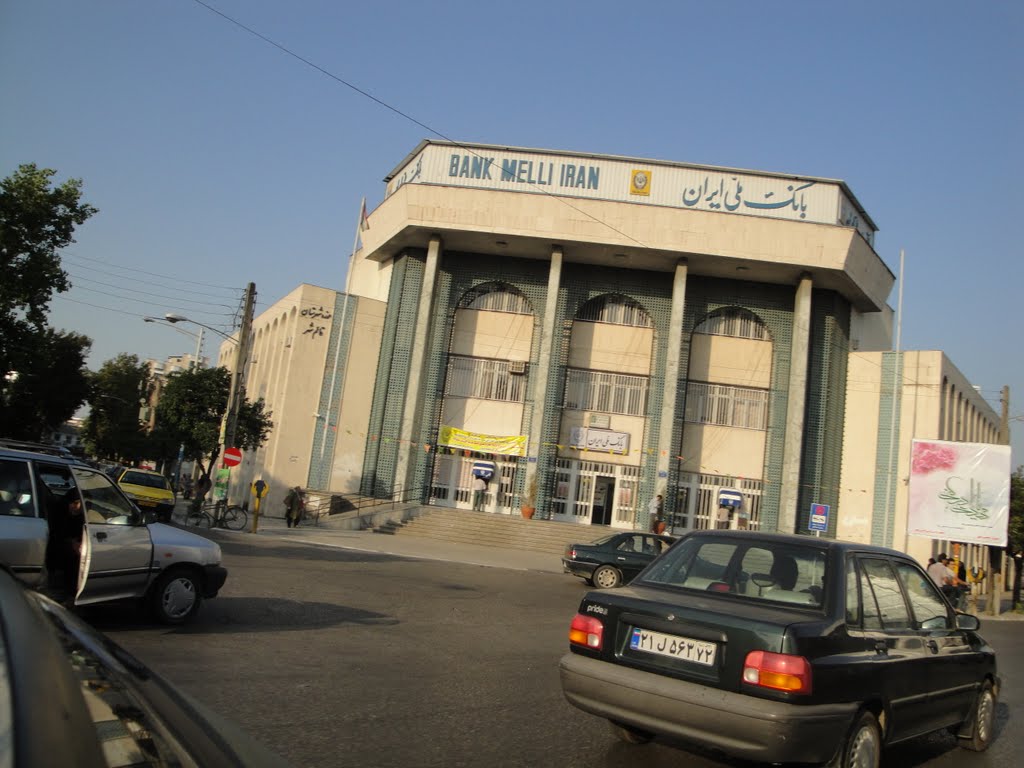The ministry of economic affairs and finance has reiterated its plans to reform commercial banks’ structures and statutes to help them make their activities profitable.
The plans discussed on Wednesday by the minister of economic affairs and finance, Ali Tayebnia, include increasing the banks’ capitals up to international standards.
“If the plans are ratified by the parliament, good things will happen in the commercial banking sector”, said Tayebnia.
The minister pointed out that commercial lenders’ actions have gone beyond their remit, such as entering construction business, however he admitted that banks have been involved in such activities because providing banking and financial services have not been profitable during the past few years.
He further pointed out that due to economic pressures in the past few years, banks have had a limited capacity to provide the necessary credit for the manufacturing sector.
The minister stressed that the administration’s short-term goals include pushing the country out of recession, stimulating higher GDP, and increasing the manufacturing capacity.
During the past decade, almost all the Iranian banks invested heavily in the ownership and management of commercial entities outside their traditional areas, bringing them large returns.
Recently, President Hassan Rouhani’s administration has stepped-up criticism against such outside-banking-sector activities and the Central Bank of Iran has decreed that banks’ investments in the non-banking sector cannot exceed more than 40% of their total capital. The CBI has given the banks three years to sell buildings, land and stocks belonging to their affiliated companies and meet the new requirement.
The move is designed to push the banks to lend to the country’s industries, which have been hit both by former the former administrations’ policies and the tightening of international sanctions over the country’s nuclear energy program.
Iranian lenders also have a large amount of nonperforming loans on their balance sheets, around half of which are being wiped off their financial statements by refurbishing their overdue loans.
The amount of NPLs the banks are dealing with is an ambiguous matter. Estimates from various officials including presidential advisor Akbar Torkan, central bank deputy governor Hamid Tehranfar and Tayebnia himself, range between $30 to over $60 billion.
Even the lowest estimate on commercial bank NPLs exceeds their capital, rendering them insolvent. That is why the central bank and the economy ministry are so hell bent on containing the situation.


